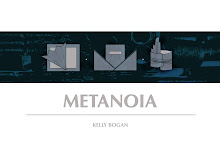

Auditions were held on September 29 and 30 from 7-8pm in the lighting studio of the Shaffer Art building at Syracuse University.
Finding the right performers for the show is crucial for the development of my project. I wanted to make captivating posters to attract the right people to come out for auditions. I used photos of my past work to help visually explain my thesis topic. On September 22 I put up a total of 60 posters on both main and south campus, the Warehouse, the Schine Student Center, Crouse, Schaffer, Syracuse Stage, HBC, the Hall of Languages… you name it, I put a poster there. In addition to advertising with posters, I was given the opportunity to present my project to Syracuse’s drama students at their weekly class meeting (lab) held on Wednesday. I was able to pass around a signup sheet and had about 30 students who expressed interest in the show.

















